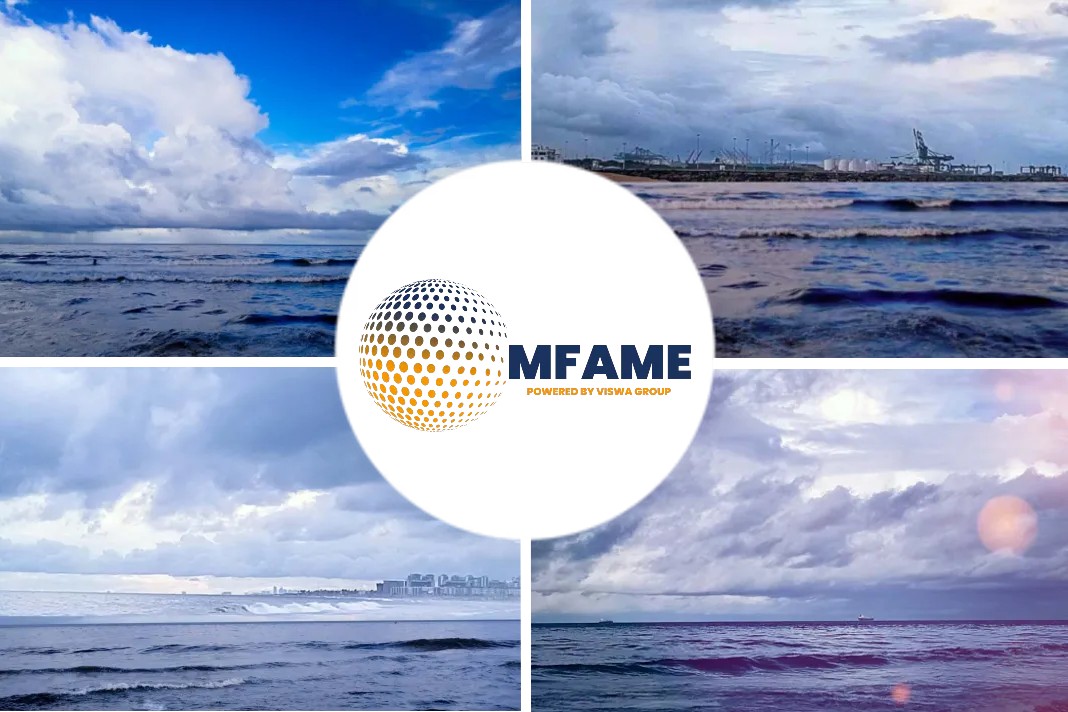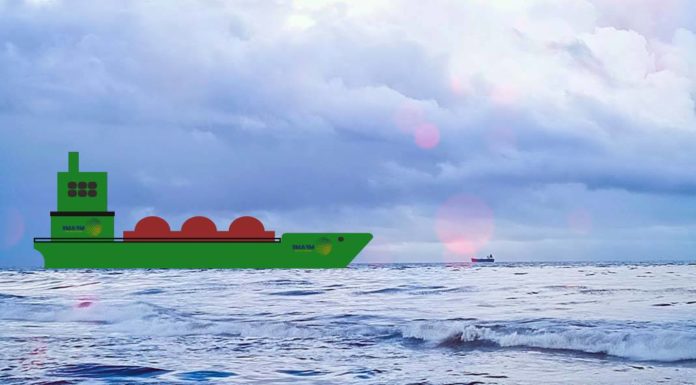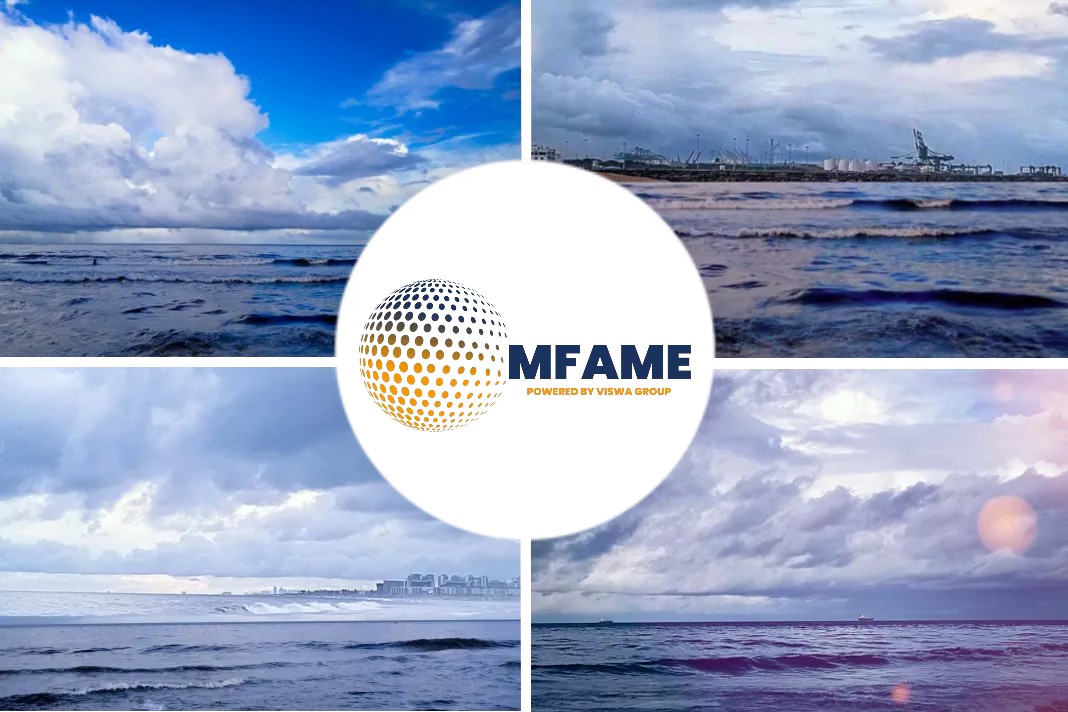- The First quarter 2019 proved to be an unusual and largely resilient one for the large crude tanker sector.
- Despite demand reduction and increase in supply – the “level” or freight rates in VLCC terms were resilient posting USD 35,000 per day.
- Asset prices continue to rise with the major categories of new build, 5, 10 and 15 year old VLCC and Suezmax vessels.
- With average fleet age for both VLCC and Suezmax fleets now around 10 years and 17 years of age the pressure to recycle will remain elevated.
- VLCC and Suezmax tankers each expected to be absent from the market during retrofit process reducing fleet capacity by potentially up to 2%.
The continued growth of US crude exports continues to have multiple but positive ramifications for the tanker sector, reports MarineLink.
Unusual and largely resilient quarter
The First quarter 2019 proved to be an unusual and largely resilient one for the large crude tanker sector, said Euronav NV, the largest NYSE listed independent crude oil tanker company in the world.
The OPEC production cuts of 1.2m bpd announced in Q4 2018 impacted Q1 trading and represents around 3% of the crude which is seaborne each day.
Nearly 30 very large crude carriers (VLCC) equivalents were delivered to the global fleet during the same period – an increase of 3% in fleet supply.
Despite this demand reduction and increase in supply – the “level” or freight rates in VLCC terms were resilient posting USD 35,000 per day – equivalent to that delivered in Q4 2018. VLCC rates in particular enjoyed a counter seasonal rally during February and March.
US crude export positive upshots
The continued growth of US crude exports continues to have multiple but positive ramifications for the tanker sector.
The majority of this export is transporting long haul (Asia, Europe) which is absorbing a high level of tonnage. These vessels are often then ballasting (i.e. empty) to the Atlantic basin further increasing the “stretch” of the global fleet.
This expansion is driving a “two-tier” freight rate market with tonnage, primarily in the VLCC space, between the Atlantic and Middle East freight markets.
Increase in asset price of old vessels
Asset prices continue to rise with the major categories of new build, 5, 10 and 15 year old VLCC and Suezmax vessels all rising in value during Q1 compared to the previous quarter . The key focus of this rise has been on second hand tonnage.
This is important as historically tanker equity values have had a stronger correlation with asset prices than earnings.
Recycling slowdown is short term
After a record year of recycling during 2018 activity was expected to be less active and this has proven to be the case with only one VLCC and a single Suezmax removed from the global fleet during Q1 2019.
With improved freight rates year on year and a vibrant market for older tonnage, based on potential fuel oil storage opportunities around IMO 2020 disruption, such a slowdown in recycling is to be expected in the short term.
Pressure on recycling to remain high
However with the average fleet age for both VLCC and Suezmax fleets now around 10 years and a sizeable proportion of the fleet over 17 years of age (13% VLCC, 11% Suezmax) the pressure to recycle will remain elevated for owners of such tonnage.
Encouraging freight rates
The resilience of freight rates during Q1 is an encouraging signal. However the dynamic of the tanker market will be to expect some seasonal freight rate weakness during the spring/summer period as fewer barrels are moved to accommodate refinery maintenance programs.
It is anticipated however that this seasonal pressure will be shorter than usual as a number of headwinds give way to tailwinds during the second half onwards.
Underlying demand remains robust with IEA maintaining their forecast above longer term trend growth at 1.4m bpd for 2019. Oil supply should expand as increased exports from the US and Brazil replace lost OPEC barrels.
Vessels being away for retrofit
The global refinery complex is forecast to reduce its maintenance programs for the second half of 2019 as it gears up for the imposition of IMO 2020 in January next year thus boosting second half year crude demand.
“We expect vessel supply to be disrupted by IMO motivated retrofitting of scrubbers with VLCC and Suezmax tankers each expected to be absent from the market during this retrofit process reducing fleet capacity by potentially up to 2% (source: Pareto). In addition to this, there is the potential for more Iranian VLCC vessels to be removed from the fleet depending on the scope of US waivers and their renewal from May 2019,” the company said.
So far in the second quarter of 2019, the Euronav VLCC fleet operated in the Tankers International Pool has earned about USD 26,450 and 53.5% of the available days have been fixed.
Euronav’s Suezmax fleet trading on the spot market has earned about USD 18,000 per day on average with 49.3% of the available days fixed.
Did you subscribe to our daily newsletter?
It’s Free! Click here to Subscribe!
Source: MarineLink















